Time to plant your summer veg seeds
If you were planning to grow your own produce from seed, now is the time to sow. But there are some tricks to guarantee success.
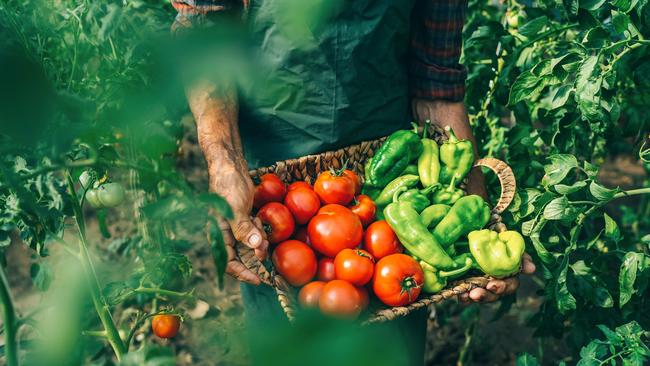
It’s peak seed sowing time for summer vegetables. Growing from seed is much cheaper than buying seedlings and offers a far wider choice of varieties. Look for “heirloom” seeds, which are varieties that have stood the test of time and are open-pollinated – by wind, insects, animals or humans. They “breed true”, meaning the seeds they produce will produce near-identical plants, so each variety can be passed down over generations.
They often have quirky names that reflect their particular flavour, size, origin, productivity or colour, and tend to be best suited for home gardeners rather than mass production. Some famous examples are the ‘Mortgage Lifter’ tomato, ‘Queensland Blue’ pumpkin and ‘Scarlet Runner’ bean. The huge diversity of heirlooms helps preserve genetic biodiversity worldwide and also promotes food security.
Commercial seed companies often sell hybrid seeds, carefully crossbred to produce certain characteristics such as disease resistance, better yields, shelf-life or weather resilience. They’re common in agriculture. But you can’t just save the seeds to get the same results next year – they’ll be genetically variable and sometimes infertile; instead, you must always buy new seeds.
Club Classics
The Diggers Club carries a wide range of heirloom seeds, including the four below.
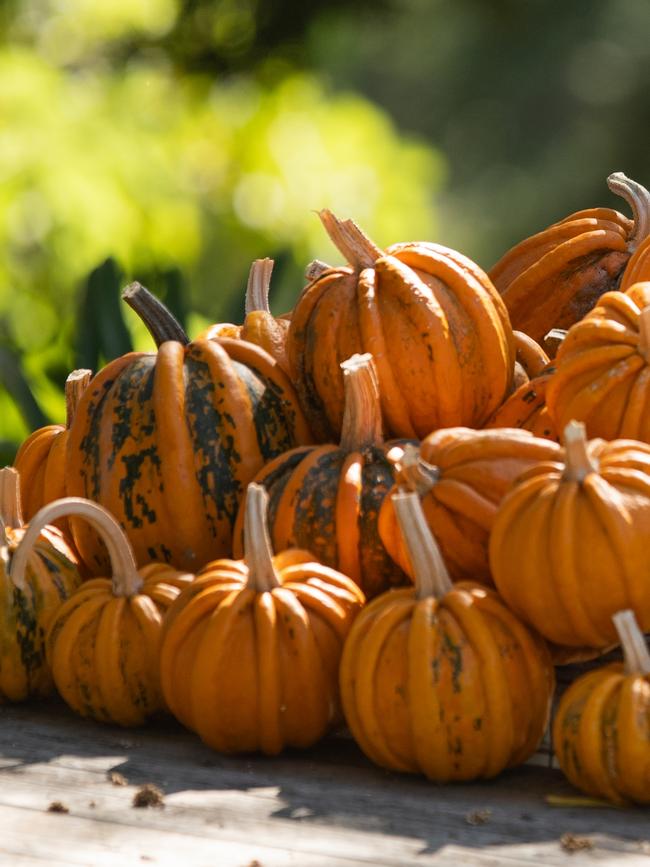
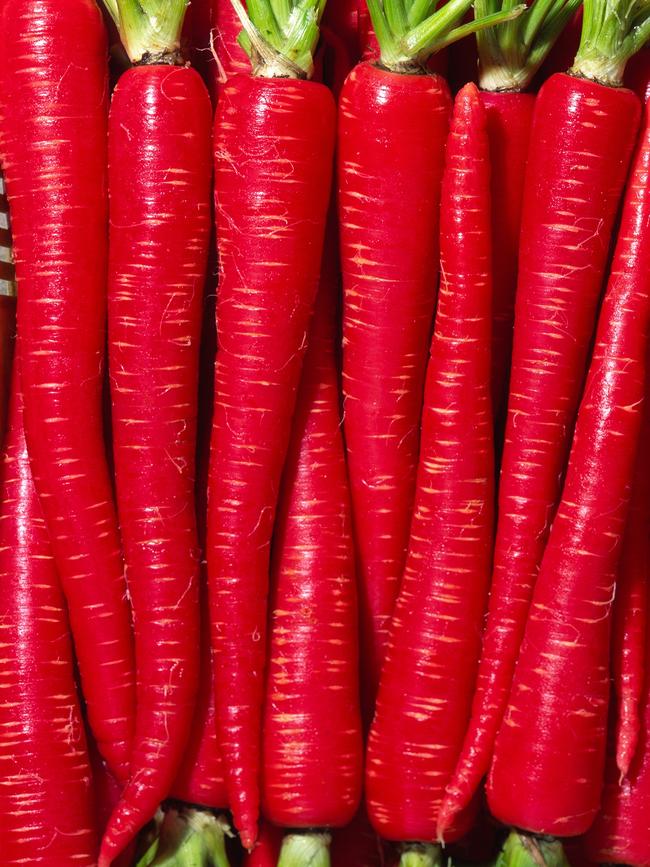
Members enjoy benefits such as free and discounted seeds, seasonal magazines, special events and horticultural advice.
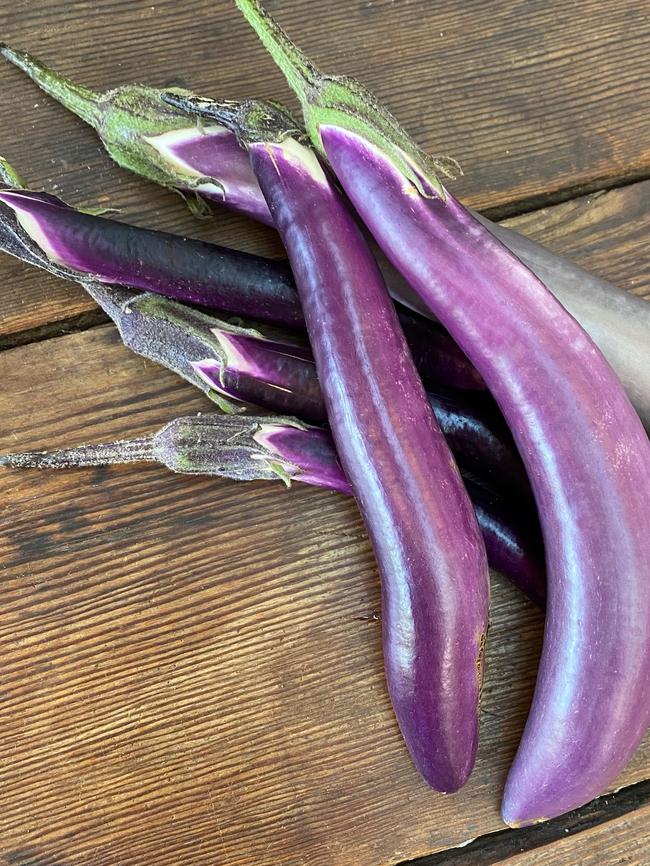
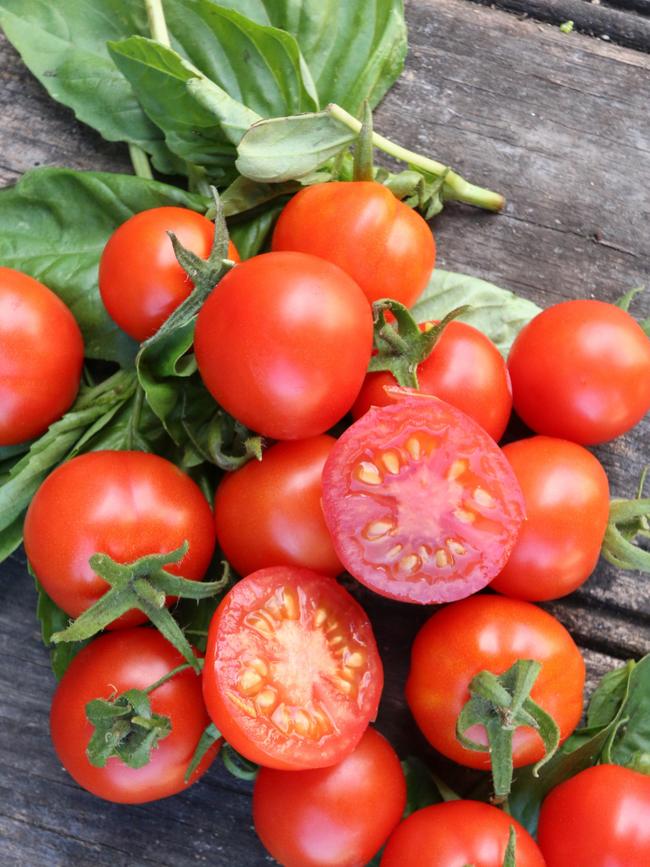
Q&A
My cauliflower crop this winter was large and lush – but why were the florets rather individual looking instead of compact?
Louise Morris, Riverton, SA
Cauliflower can be demanding to grow, as good head formation requires a narrow range of temperature and moisture conditions. Loose heads occur when there is inconsistent or insufficient watering, fluctuating or extreme temperatures, or excessive nitrogen. Sometimes it’s just the luck of the weather but ensure watering is consistent and plentiful.
We pruned off all the branches on our lemon tree as they were infested with gall wasp. It’s now thriving but so far there are no flowers. Why?
Elizabeth Wood, Dromana, Victoria
When citrus trees are pruned hard, regrowth is focused on replacing the foliage first. Flowering, and subsequent fruiting, can be delayed for a year while the tree restores its canopy. You can treat further infestations of gall wasp by slicing down one side of each gall with a sharp blade or potato peeler; this exposes the larvae so they dry out and die.
What can we plant in our two new planter boxes, each 6m x 1m, across the front of our veranda? They face east and get around six hours of sun per day. We’d like plants with colourful flowers to about 1m tall.
Ted Walton, Tyalgum, northern NSW
Dwarf Tibouchina ‘Peace Baby’ bears large white flowers with purple-pink stamens most of the year. You could also use dwarf hibiscus such as the HibisQs and Rio Clara ranges, in a wide range of colours. Some salvias thrive in the subtropics such as S. leucantha, ‘Hot Lips’, ‘Mystic Spires’ and ‘Love and Wishes’. Other long-flowering options include star cluster (Pentas), Ixora, dwarf butterfly bush (Buddleja Buzz series), gardenias and heliotrope. Along the front edge consider a border of Evolvulus ‘Blue My Mind’ or fan flower (Scaevola)
Send your questions to helenyoungtwig@gmail.com. The best question for September wins Fiskars’ large PowerGear X Bypass Lopper, worth $145; fiskars.com.au. August’s winner is Mark Warren of Perth for his question about bees and mealybugs
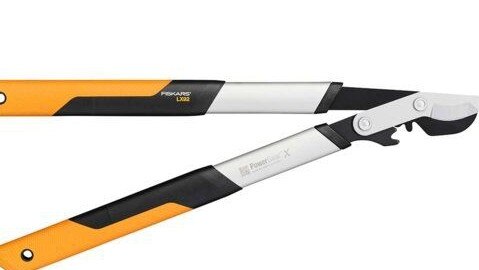




To join the conversation, please log in. Don't have an account? Register
Join the conversation, you are commenting as Logout